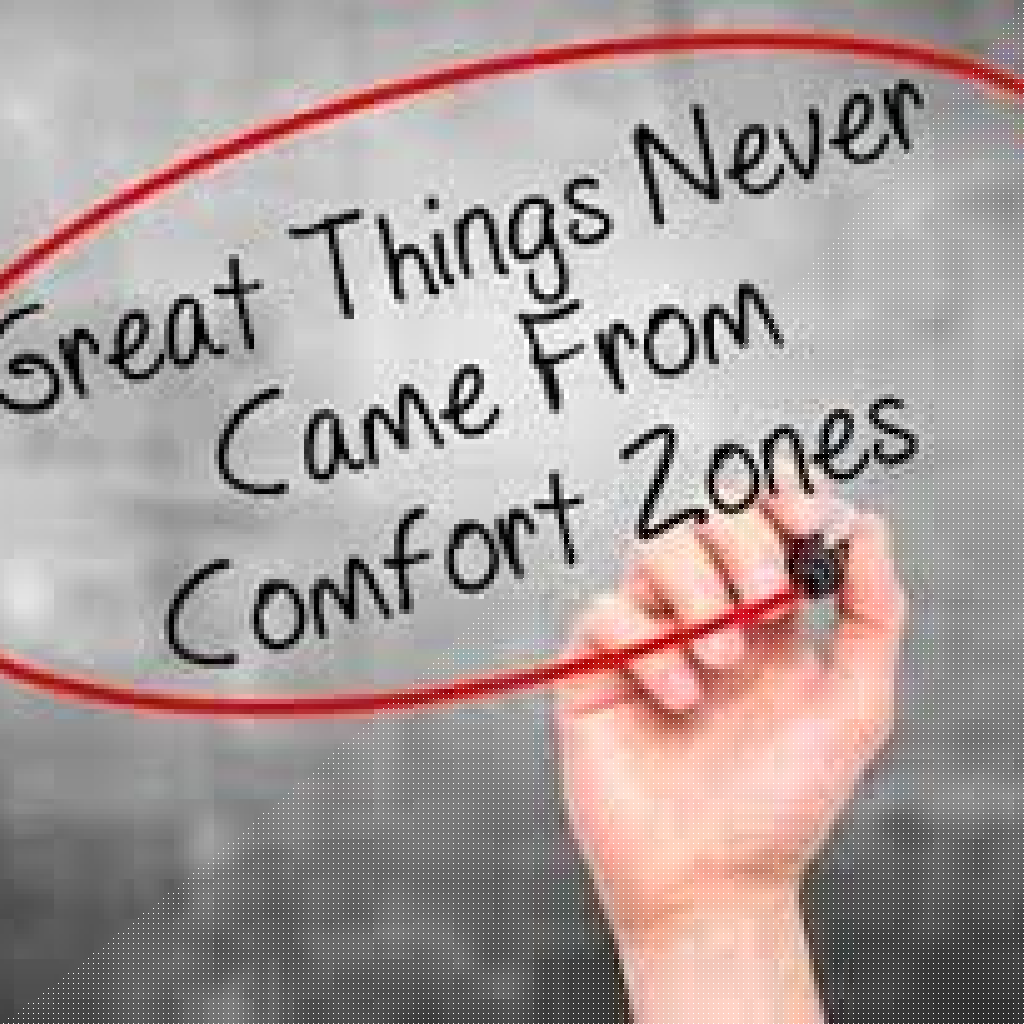Key Takeaways:
- Building strong relationships between management and employees is essential for fostering a productive workplace culture.
- Communicating effectively while implementing diversity training can significantly enhance team dynamics and overall performance.
In today’s fast-paced business environment, effective management is crucial for maintaining a competitive edge. One of the most significant aspects of management that directly impacts performance is the process of hiring and training employees. With modern workplaces becoming increasingly diverse, managers face the challenge of not only selecting the right candidates but also ensuring that they are equipped with the necessary skills to thrive in their roles. This article delves into effective strategies for hiring and training employees that not only align with contemporary organizational needs but also promote employee satisfaction and productivity.
Understanding the Importance of Hiring the Right Talent
The foundation of any successful organization starts with hiring the right talent. An effective hiring process not only identifies candidates with the right skills but also those who share the organization’s values and culture. This alignment is essential for fostering a work environment where employees feel valued and motivated to contribute their best.
To enhance your hiring process, consider the following strategies:
-
Define Clear Job Descriptions: A well-defined job description helps potential candidates understand the expectations and responsibilities of the role. It should include essential skills, qualifications, and cultural attributes you seek in an ideal candidate.
-
Utilize a Structured Interview Process: Structured interviews reduce bias and improve the consistency of hiring decisions. By preparing specific questions relevant to each role, managers can objectively evaluate candidates based on their responses and evidence of skills.
-
Include Team-Based Interviews: Engaging team members in the interview process can provide additional perspectives and foster a sense of ownership among existing employees. Their insights can be vital in determining whether a candidate fits well with the team dynamics.
-
Emphasize Diversity: Different viewpoints bring creativity and innovation to the table. Prioritizing diversity in hiring ensures a variety of perspectives are included, which can lead to more effective problem-solving.
What Are Effective Training Techniques for New Hires?
Once the right talent has been hired, the next step is ensuring they receive adequate training that prepares them for their roles. Effective onboarding and continuous learning opportunities can dramatically affect employee performance, engagement, and retention.
Here are several training techniques to consider:
-
Comprehensive Onboarding: A robust onboarding program helps new hires understand the company culture, their role within the organization, and what is expected of them. Creating a welcoming environment and connecting them with a mentor can significantly ease their transition.
-
Hands-On Learning: Incorporating hands-on training techniques can enhance the learning experience. Allowing new employees to shadow seasoned staff members or participate in real projects can build their confidence and skills more effectively than traditional lectures.
-
Utilize E-Learning Platforms: Many organizations are adopting e-learning as a cost-effective means of delivering training. These platforms allow employees to learn at their own pace and revisit materials as needed, making it easier to retain information over time.
-
Feedback & Continuous Improvement: Regular feedback during the training process can help address any misunderstandings or skills gaps quickly. Encourage open communication between trainers and trainees to create an environment of trust and learning.
-
Invest in Professional Development: Once employees are settled into their roles, providing ongoing training and professional development opportunities is crucial. Workshops, seminars, and access to online courses can empower employees to advance their skills continuously.
How Does Employee Engagement Impact Hiring and Training?
Employee engagement plays a critical role in the effectiveness of hiring and training processes. Engaged employees are more likely to be productive, motivated, and committed to their roles, which ultimately contributes to the organization’s success.
To boost employee engagement through hiring and training, consider these approaches:
-
Create a Positive Company Culture: A positive workplace culture encourages engagement. When employees feel they are a part of a supportive team, their motivation and productivity improve.
-
Incorporate Employee Feedback: Involving employees in the training process by seeking their feedback can lead to better training programs. Employees appreciate when their input is valued, resulting in greater buy-in and enthusiasm for training initiatives.
-
Recognition and Reward Programs: Recognizing employee contributions fosters a culture of appreciation. Establishing recognition programs creates an environment where employees feel their work is valued, leading to heightened engagement.
Integrating Hiring and Training for Long-Term Success
Ultimately, integrating effective hiring and training strategies is essential for cultivating a successful team. Managers must view these elements as synergistic rather than isolated processes. When hiring is focused on cultural fit and competency, followed by training that nurtures engagement and skill development, organizations are better positioned to thrive in today’s competitive landscape.
In conclusion, modern management revolves around the foundational elements of hiring and training. By implementing clear strategies that promote diversity, encourage employee engagement, and focus on continuous improvement, organizations can build a committed workforce that drives performance and achieves business goals. The challenge lies in continually evolving these practices to address the changing dynamics of the modern workplace, ensuring that businesses remain agile and capable in the fast-paced world we live in.













